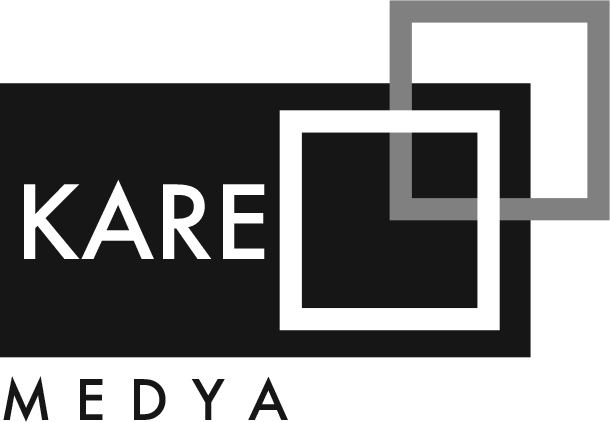
Journal of Education and Research in Nursing
Volume: 4 Issue: 2 - December 2007
| MISCELLANEOUS | |
| 1. | Editörün Kaleminden Emine Türkmen Page 1 Abstract | |
| REVIEW | |
| 2. | Complementary and Alternative Medicine and Nursing Elizabeth Anne Herdman Pages 2 - 3 The diversity of practices included under the name of Complementary and Alternative Medicine (CAM) range from highly focused therapies such as reflexology to whole systems such as traditional Chinese medicine. Some 42% of people in Australia, the US and Britain Australians use CAM. It is imperative for all health care professionals to become familiar with the range of CAM options and the roles they play. This article aims to introduce to the reader development and using of CAM, and importance of CAM in nursing and medicine education in Turkey. |
| 3. | Female Sexual Function After Hysterectomy Filiz Okumuş, Hatice Yıldız Eryılmaz Pages 5 - 8 Hysterectomy is the most frequently performed gynecologic operation in the world and our country. This operation is being removed of uterus which is perceived by the women as the symbol of attraction, maternity, sexuality, youth, etc. In addition to removal of uterus, veins that feed this organ and other genital organs and for the most importantly nerves get damaged, in this case it has a negative effect on innervations. In order to maintain a healthy and good sexual life, it is necessary to have normal endocrine system, strong innervations and enough blood flow to those organs. From this reasons, hysterectomy like most of the pelvic surgeries is one of the common reasons for female sexual dysfunction. However, women sexuality is a multifactorial phenomenon. Therefore, needs to be evaluated of female sexuality after hysterectomy multi-faceted and in conformance with international standards by studies. Consequently, female sexual dysfunction after hysterectomy should be studied by multi-dimensional approach and emphasized. |
| 4. | Triage in Emergency Department Pelin Karaçay, Selvet Sevinç Pages 9 - 15 Triage is a process of sorting and prioritizing patients for care. The primary goal of triage system is rapid identification of patients with urgent, life-threatening conditions. Complementary goals include regulating patient flow through the emergency department and decreasing congestion in emergency treatment area, determining the most appropriate area for treatment, and reducing the patients’ and their families’ fear and anxiety. There are three-level, four-level and five-level triage systems; however the current trend is to adopt a standardized five-level triage in developed country. This article includes five-level triage system, rapid triage assessment, desicion-making to the patients’ triage categories and triage nurse qualifications. |
| TRANSLATION | |
| 5. | Pre-operative Hair Removal to Reduce Surgical Site Infection Diler Sepit Pages 16 - 20 Abstract | |
| REVIEW | |
| 6. | Current Implementations on Insulin Therapy: Reccommendations to Decrease the Errors of Insulin Implementation Şeyda Özcan Pages 22 - 28 The rate of people with diabetes who need insulin therapy increase with the increase of diabetes prevelance paralelly. Therefore, to use effective the facilities and maintain the well-controlled life and high quality of life for people with diabetes, physician, nurses and other health care professionals have important roles and responsibilities. Nurses should know enough about how insulin works, when and why insulin therapy is needed, how dose settings and adjustment are arranged, what the main rules of insulin implemantations are. This article aims to explain to the nurses the current knowledge and implementations of insulin therapy which will guide to improve the care of people with diabetes. |
| RESEARCH ARTICLE | |
| 7. | Nursing Student’s Problem Solving Skills and Internal-External Locus of Control Semiha Akın, İlkay Güngör, Başak Mendi, Nurdan Şahin, Esra Bizat, Zehra Durna Pages 30 - 36 OBJECTIVE: Nurses have important roles in determining the health needs of individuals and society, planning and implementing the care. At the undergraduate level, education for problem solving improves coping skills, and integrated education based on assertivity-training, social skills-training improves the problem solving skills. Therefore, it is cruical to assess the problem solving skills and internal-extrenal locus of control, which affect the problem solving skills, for developing a curriculum for nursing undergraduate programs focused on promoting these skills. It is a decriptive study which is planned to assess the problem solving skills and internal-extrenal locus of control of nursing students. METHODS: The sample of the study consisted of 283 nursing students who were willing to participate in the study. The permissions were obtained from the school administrations and students gave verbal informed consent to participate in the study. The students’ problem solving skills were assessed using Problem Solving Inventory, internalextrenal locus of control with Rotter’s Internal-External Locus of Control Scale, personal characteristics were obtained using Student Information Form. The data were analysed using SPSS 11.5 for Windows statistical program. RESULTS: The problem solving skills of nursing students are moderate, internal locus of control is high. There were statistically significant differences in problem solving skills in regard to variables such as marital status, the type of graduated high school, the income level and the students’ perception of their success during high school. There were also statistically significant differences in internal-external locus of control in regard to the students’ perception of their recent health status, the perception about the relationships with their family and friends. Since the high internal locus of control may affect the problem solving skills, it is important to develop a curriculum and strategies which aim to improve the undergraduate nursing students’ problem solving skills and internal locus of control. CONCLUSION: |
| CASE REPORT | |
| 8. | 12 Derivation ECG Interpretation Emine Türkmen Pages 37 - 38 Abstract | |
Copyright © 2025 Journal of Education and Research in Nursing

Kare Publishing is a subsidiary of Kare Media.

